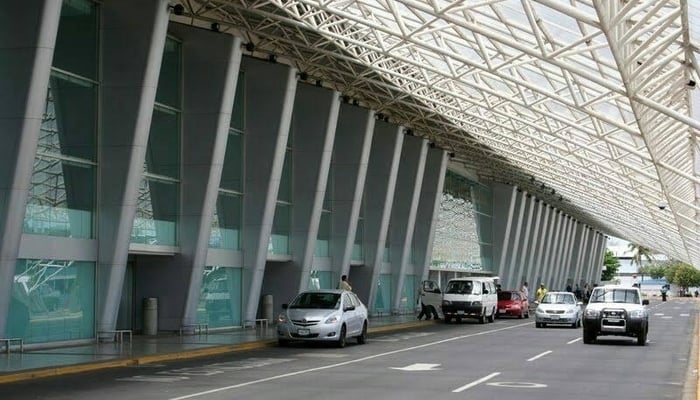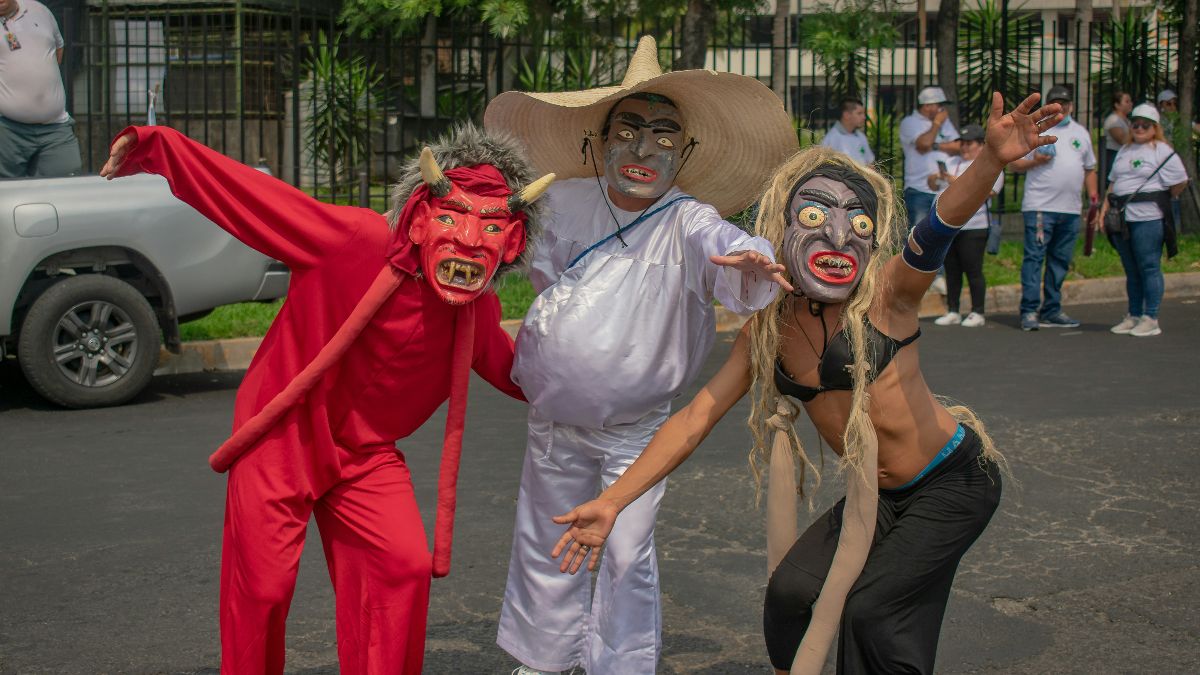Over the past week, Aeromexico and American Airlines have both pushed back their return dates to Nicaragua. Right now, it’s only Avianca operating, and it’s not certain any others will restart anytime soon. What’s happening? Why are the airlines postponing their flights to Nicaragua?
One of the biggest ironies about this pandemic is Nicaragua.
It’s the only country in Central America that never really closed its borders. At least not in an official capacity like everyone else did.
For a long time, the ruling Ortega regime denied the very existence of COVID-19. It came under criticism for how it handled the pandemic and how it reported its numbers. Even today, nobody in their right mind would believe a word the regime says about COVID.
Siguen posponiendo líneas aéreas el reinicio de vuelos a Nicaragua. Cada vez más aislados. Los sectores turísticos, servicios y comerciales directamente afectados. El empleo temporal que se genera en temporada alta se verá impactado a la baja. Medidas para proteger o empobrecer? pic.twitter.com/U1MdiMVnmM
— Jose Adan Aguerri Ch (@jaguerrich) October 21, 2020
The irony is, of course, for a country who – according to the regime – doesn’t have a COVID problem, Nicaragua can’t (won’t) get its tourist industry on back on track.
Last week, American Airlines postponed its return to Nicaragua until December 2. It follows Aeromexico, who also postponed their return until December 3. Both dates are tentative, not confirmed.
In the meantime, both airlines restarted elsewhere in Central America in recent weeks. Aeromexico is now flying three times a week into both Guatemala and Costa Rica, for example.
Right now, the only airline flying into Nicaragua is Avianca, who started on September 19. Other airlines were also scheduled to start in September, but this never happened.
United Airlines and Copa now have tentative November 1 restarts, while Spirit hasn’t given a date. It’s certain Spirit won’t restart until at least December. And it would surprise nobody if United and Copa push back their dates, too.
Flights between #Mexico and #CostaRica restart after 7 months with @Aeromexico arrival in San Jose.https://t.co/ajs5GmYUKN
— CentralAmericaLiving (@VidaAmerica) October 18, 2020
Lucy Valenti, the president of Nicaragua’s Chamber of Tourism fears no more flights starting this year.
She believes Nicaragua could remain isolated for the rest of 2020 and perhaps beyond.
“There’s a risk that we won’t regularize the operation of any airline except for Avianca,” she told La Prensa late last week.
“The only thing that would make a difference would be for the government to relax the measures they have imposed on the airlines so they can so restart operations.”
At first, the airlines stopped flying because of COVID-19, like everywhere else. They were never banned from Nicaragua, as Nicaragua never locked down. But they stopped flying nonetheless.
Se esperaba que las aerolíneas retomaran operaciones en noviembre, sin embargo pospusieron su posible retorno para diciembre y con la fecha siempre en tentativa. https://t.co/m59JkSwAMn
— LA PRENSA Nicaragua (@laprensa) October 21, 2020
Then the Ortega regime put in place some bizarre, virtually impossible-to-comply-with requirements.
Nicaragua is the only country in the region to demand the airlines present a fumigation certificate. It’s the only country in Central America to demand a detailed list of passengers, their passport numbers, plus proof of negative COVID test 72 before the flight arrives.
Other countries check for passengers COVID results upon arrival. Somehow this isn’t good enough for Nicaragua.
Another demand is for medical certificates and COVID tests of airline crews, 72 hours in advance. It’s this demand that’s most difficult for airlines to adhere to. Flight crews change. People come from different places. That’s the logistics of airline life.
Again, no other country in the region has these demands. The airlines say they can’t comply, but the dictatorship won’t budge.
And in the meantime, as the rest of Central America opens up and increases its air traffic volume, Nicaragua remains isolated.
#UnitedStates: Take into account that you must submit the negative result of the “Real Time PCR” test if you have a flight to Nicaragua. Be prepared and avoid any inconvenience with your flight. #AviancaKeepsOnFlying pic.twitter.com/JuOW0wDZMj
— Avianca Airlines North America (@AviancaNAM) October 21, 2020
Tourism in Nicaragua took a massive hit in 2018 when the regime cracked down on protestors and brought fear and repression back into the country.
Before 2018, tourism was improving in leaps and bounds across the country. Things were looking good.
But even since 2018, despite the repression, the sector was beginning to come back. Tourism revenues for the first quarter of 2020 were 39.4% higher than the same quarter in 2019. Then COVID came and wiped out the gains. Revenues in the second quarter of this year were down 95.4%.
Tourism businesses are desperate in Nicaragua. The 2018 protests, the following repression, and then the pandemic and ensuing economic crisis has brought the tourism sector to the brink. Beyond the brink.
“We need the airlines to operate so we can think we’re going to start to reactivate the industry,” says Valenti.
It’s impossible for the tourism sector to promote Nicaragua (already a tough call since 2018) without flights. And Avianca continuing is no nailed-on certainty, either. Avianca could suspend operations at any time. It often faces COVID test problems with the regime, according to Valenti.
Las actividades económicas siguen golpeadas por la crisis sanitaria y por dos años de recesión. El mayor golpe lo siguen resintiendo los hoteles y restaurantes. https://t.co/VAPmPTv7aN
— LA PRENSA Nicaragua (@laprensa) October 24, 2020
And then there’s the airfare itself.
With only one airline operating, airfare is high. Round trip flights from Miami to Costa Rica, for example, cost a little over $200 each. But the same route to Nicaragua comes in from $700 to $900.
Some travel agencies in Nicaragua also arrange charter flights, but the price is also high. In fact, there’s a conspiracy theory going around that this is the reason why the regime is deliberately obstructing the return of the airlines. They could be profiting from these charters.
Whether that’s true or not is uncertain. The Nicaraguan regime is a murky cesspool of intrigue where nothing would surprise anyone. It would offer some explanation why it seems to be sabotaging its own tourism recovery. But then again, the regime has its fingers in a lot of tourism businesses on the ground, too. So who knows?
Either way, there’s nothing in the regime’s history or character that would have one think it’s looking out for the wellbeing or safety of its citizens.
Es increíble la corrupion de los empresarios y la dictadura, se han preguntado quién está detrás de los vuelos charter? Por eso no les conviene que vengan las líneas aéreas. Todos callan. Están desangrando al pueblo de Nicaragua.
— Jose Nic (@pinolillonica79) October 25, 2020
In the meantime, the Nicaraguan tourism sector remains in limbo.
The cheapest country in Central America has now become the most expensive one to fly to. Another irony for you right there.
James Dyde is the editor of www.centralamerica.com. He lives in Escazu, Costa Rica.




